Stablecoins: Looking ahead to 2023 and beyond
Looking back on 2022, it is possible that it will be remembered as the Year of the Stablecoin.

Looking back on 2022, it is possible that it will be remembered as the Year of the Stablecoin. While it had a challenging beginning with the collapse of Terra, the stablecoin industry rebounded and achieved a significant milestone in August by surpassing $1 trillion in monthly trading volume. This has led to the increased attention and discussion of stablecoins by influential organisations such as the World Economic Forum, the Committee on Payments and Market Infrastructure, and regulators in the United States. These entities are actively evaluating the role and impact of stablecoins on the economic markets.
Stablecoins offer the transactional benefits of cryptocurrencies, combined with the stability of fiat currencies, hence their name. This unique combination provides opportunities to enhance financial inclusion and stimulate economic growth by facilitating digital purchasing histories and expanding access to credit. Additionally, stablecoins can streamline cross-border payments for businesses of any size by removing frictions and lowering transaction costs.
To fully realise these benefits, selecting the appropriate issuing blockchain is crucial. Security and reliability are top priorities for financial institutions, innovators, central banks, and other potential stablecoin issuers when assessing blockchains. Moreover, in our transition towards a more sustainable, multi-chain future, a blockchain's sustainability and interoperability are also becoming increasingly significant factors in the decision-making process.
Many stablecoin providers envision a future that is multi-chain and multi-asset, which can be achieved by utilising multiple blockchain networks. As financial institutions and regulators also embrace the concept of multi-asset solutions, it is increasingly important to recognise the advantages of public blockchains that are capable of interoperating.
Stablecoin payment network interoperability is important for several reasons:
- Increased Flexibility: Interoperability allows for increased flexibility in the use of stablecoins across different networks. This means that users can easily transfer their stablecoins between different platforms and networks, which can help to facilitate more efficient and seamless transactions.
- Expanded Use Cases: Interoperability enables stablecoins to be used across a wide range of applications and use cases, which can help to drive adoption and increase their utility. For example, interoperability allows stablecoins to be used for cross-border payments, remittances, micro payments, and other applications, which can help to expand the reach and impact of stablecoins.
- Improved Liquidity: Interoperability can help to improve liquidity by making it easier for stablecoins to be traded and exchanged across different networks. This can help to increase the demand for stablecoins, which can drive up their value and create a more stable and reliable payment network.
- Reduced Counterparty Risk: Interoperability can help to reduce counterparty risk by enabling the use of multiple stablecoins across different networks. This can help to reduce the risk of a single point of failure and improve the overall stability and security of the payment network.
Stablecoin payment network interoperability is important because it allows for increased flexibility, expanded use cases, improved liquidity, and reduced counterparty risk. By enabling stablecoins to be used across different networks and applications, interoperability can help to drive adoption and increase the utility and value of stablecoins.
Looking ahead to 2023 and beyond, the use and popularity of stablecoins will continue to expand, but their success will depend on the availability of the right blockchain infrastructure. To fully explore the potential of stablecoins, financial institutions and banks need to consider cross-chain interoperability and the numerous benefits offered by public and decentralised blockchain networks. These elements will be crucial in paving the way for a stablecoin future.
Disclaimer:
GlobalStablecoins.com is an informational website that provides news about coins, blockchain companies, blockchain products and blockchain events. Don’t take it as investment advice. Speak to an advisor before you risk investing in an ICO, Cryptocurrencies, Cryptoassets, Security Tokens, Utility Tokens, Exchange Tokens, Global Stablecoins, Stablecoins or eMoney Tokens. GlobalStablecoins.com is not accountable, directly or indirectly, for any damage or loss incurred, alleged or otherwise, in connection to the use or reliance of any content you read on the site.
Affiliate Disclosure / Sponsored Posts:
If a Sponsored Post contains any mention of a crypto project, we encourage our readers to conduct diligence prior to taking further action. GlobalStablecoins.com does not recommend that any cryptocurrency should be bought, sold, or held by you. Do conduct your own due diligence and consult your financial advisor before making any investment decisions.
GlobalStablecoins.com may receive compensation for affiliate links. Should you perform activities in relation to an affiliate link, it is understood that some form of compensation might be made to GlobalStablecoins.com. For example, if you click on an affiliate link, and sign up and trade on an exchange, GlobalStablecoins.com may receive compensation.
Before you invest in Cryptoassets you should be aware of the following,
Cryptoassets are considered very high risk, speculative investments.
If you invest in Cryptoassets you should be prepared to lose all your money.
All Sponsored Posts are paid for by crypto projects, coin foundations, advertising firms, PR firms, or other marketing agencies. GlobalStablecoins.com is not a subsidiary of any marketing agency, nor are we owned by any crypto or blockchain foundation.
The purpose of offering Sponsored Posts to our advertisers is to help fund the day-to-day business operations at GlobalStablecoins.com.
If you come across a Sponsored Post which you believe is fraudulent and/or “scammy,” please contact us and we will perform an immediate investigation.
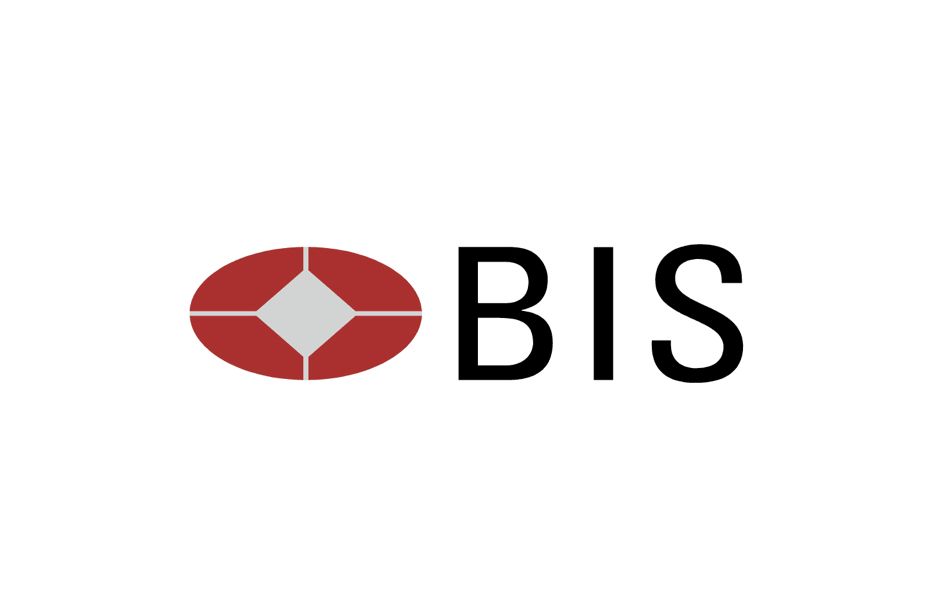


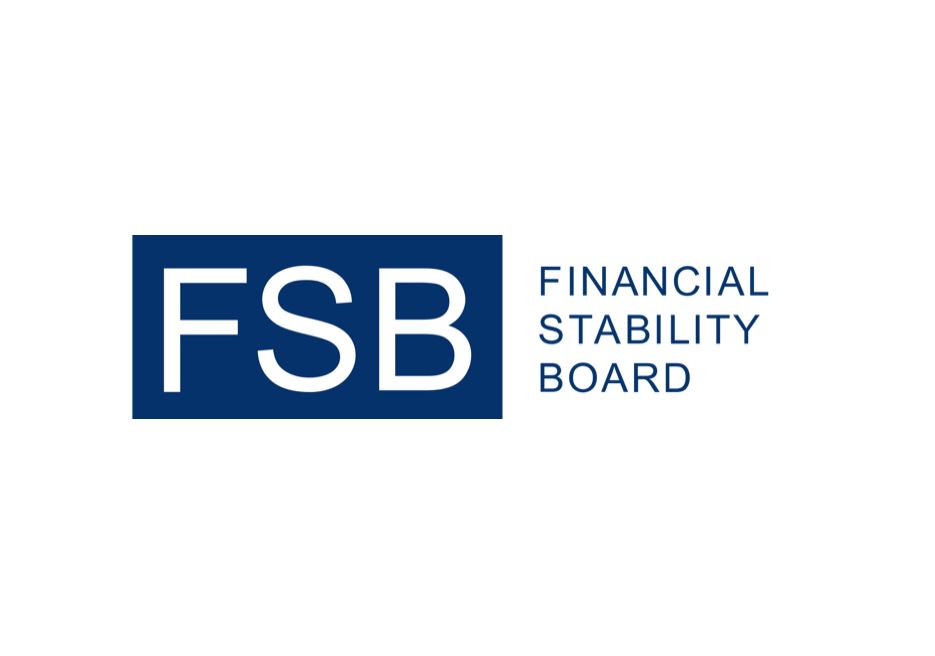
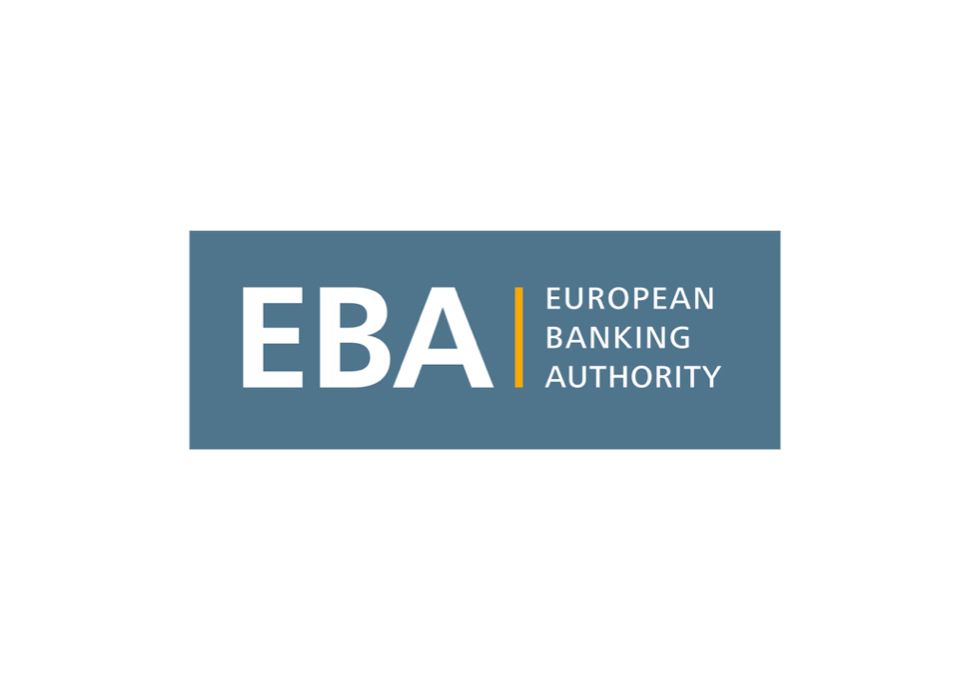

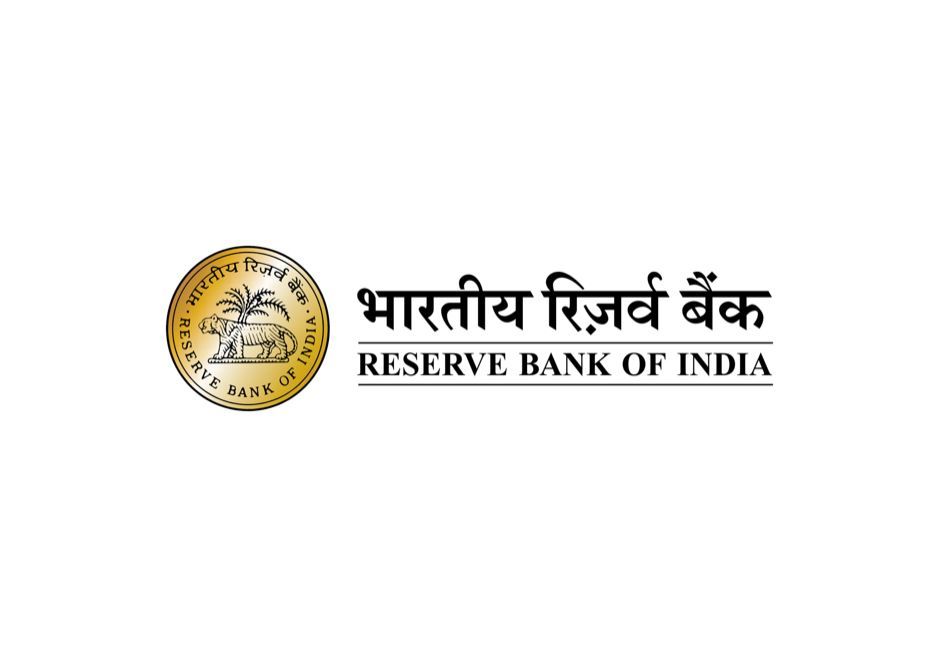
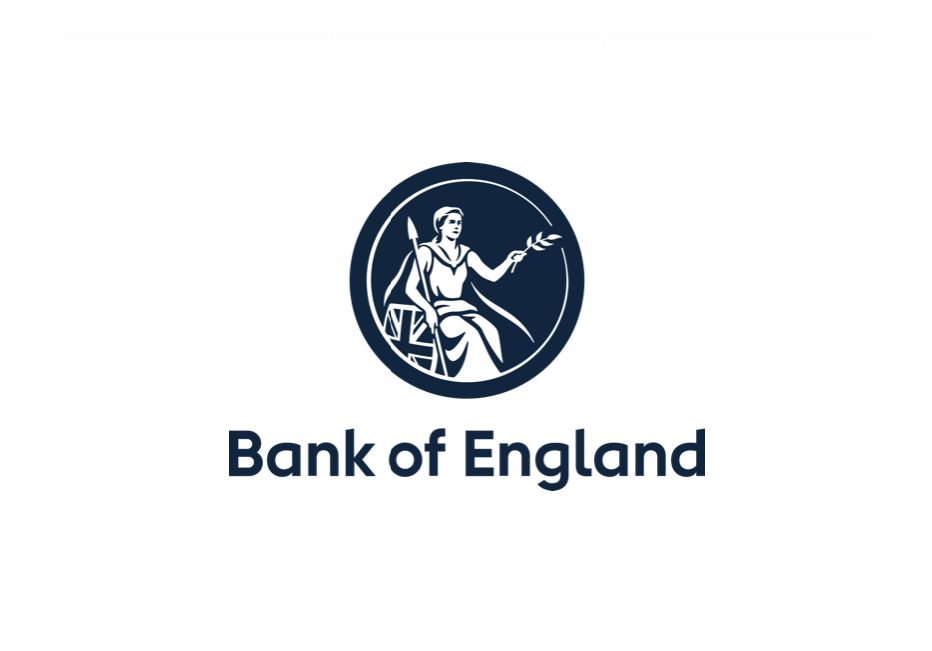
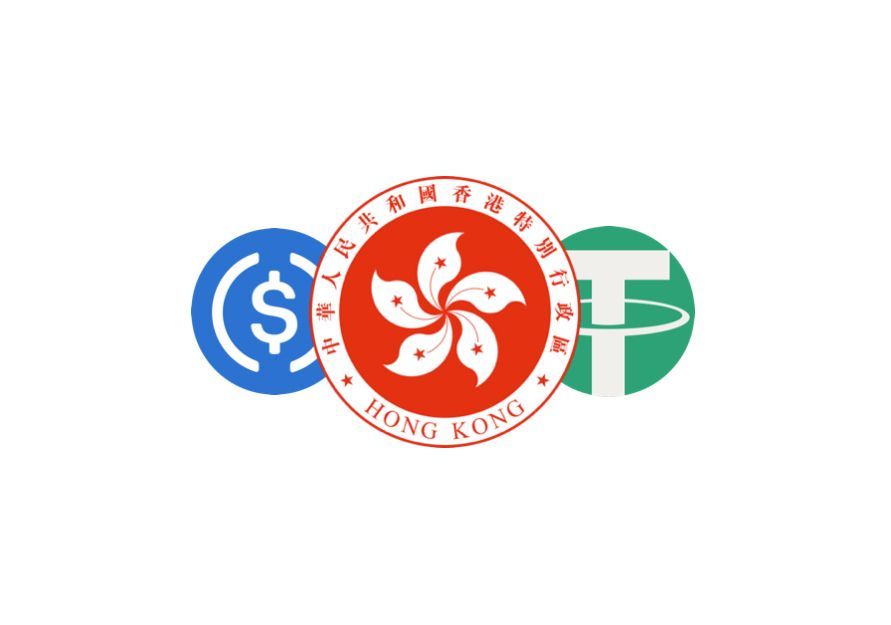
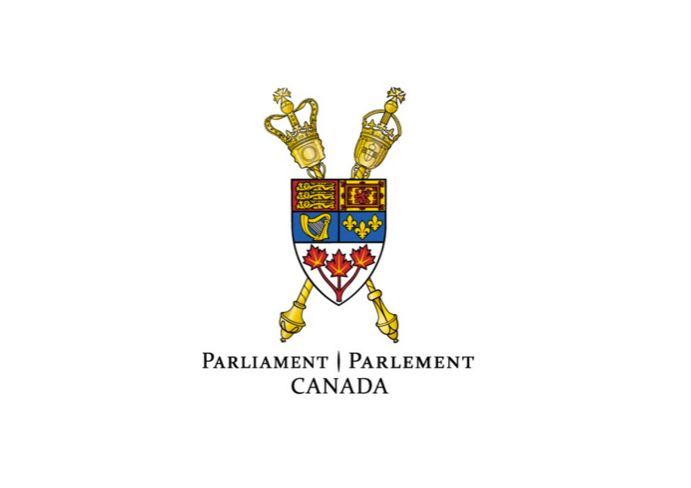
Disclaimer:
GlobalStablecoins.com is an informational website that provides news about coins, blockchain companies, blockchain products and blockchain events. Don’t take it as investment advice. Speak to an advisor before you risk investing in an ICO, Cryptocurrencies, Cryptoassets, Security Tokens, Utility Tokens, Exchange Tokens, Global Stablecoins, Stablecoins or eMoney Tokens. GlobalStablecoins.com is not accountable, directly or indirectly, for any damage or loss incurred, alleged or otherwise, in connection to the use or reliance of any content you read on the site.
Affiliate Disclosure / Sponsored Posts:
If a Sponsored Post contains any mention of a crypto project, we encourage our readers to conduct diligence prior to taking further action. GlobalStablecoins.com does not recommend that any cryptocurrency should be bought, sold, or held by you. Do conduct your own due diligence and consult your financial advisor before making any investment decisions.
GlobalStablecoins.com may receive compensation for affiliate links. Should you perform activities in relation to an affiliate link, it is understood that some form of compensation might be made to GlobalStablecoins.com. For example, if you click on an affiliate link, and sign up and trade on an exchange, GlobalStablecoins.com may receive compensation.
Before you invest in Cryptoassets you should be aware of the following,
Cryptoassets are considered very high risk, speculative investments.
If you invest in Cryptoassets you should be prepared to lose all your money.
All Sponsored Posts are paid for by crypto projects, coin foundations, advertising firms, PR firms, or other marketing agencies. GlobalStablecoins.com is not a subsidiary of any marketing agency, nor are we owned by any crypto or blockchain foundation.
The purpose of offering Sponsored Posts to our advertisers is to help fund the day-to-day business operations at GlobalStablecoins.com.
If you come across a Sponsored Post which you believe is fraudulent and/or “scammy,” please contact us and we will perform an immediate investigation.
All Rights Reserved | GlobalStablecoins.com
